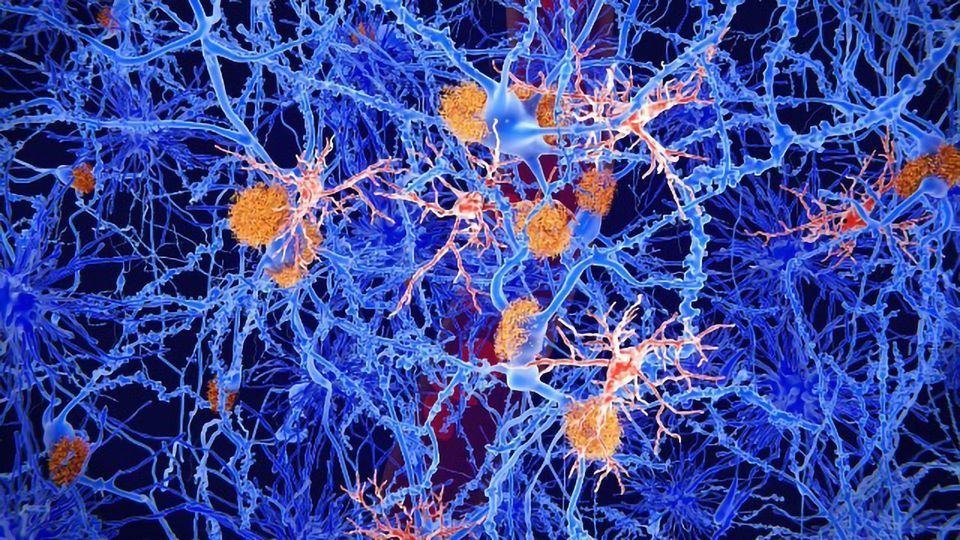Spinal Nerve Healing Enhanced by Boost in Cellular Energy, New Findings Reveal

Complete the form below to unlock access to ALL audio articles.
Every year, up to half a million people around the world suffer a spinal cord injury. Such injuries can damage a few, many, or almost all of the nearby axons—the extensions of nerve cells that carry signals up and down the spinal cord between the brain and the rest of the body. People who survive severe spinal cord injuries often experience life-long disability.
Adult nerve cells in the spinal cord don’t regrow after damage. Why they don’t, and how they might be encouraged to do so, have been areas of extensive research. Axons require a great deal of energy to regrow. A team led by Drs. Zu-Hang Sheng from NIH’s National Institute of Neurological Disorders and Stroke (NINDS) and Xiao-Ming Xu from Indiana University have proposed that a lack of energy in injured nerve cells might contribute to impaired repair and regeneration.
Structures called mitochondria provide most of a cell’s energy. In nerve cell axons, mitochondria are anchored to their spots by a protein called syntaphilin. If an axon is injured, this protein prevents mitochondria from moving to damaged areas.
To test whether manipulating syntaphilin could promote nerve-cell repair, the researchers engineered mice that lack the protein. They measured whether these mice were better able to recover from three different types of spinal cord injury. The research was funded in part by NINDS. Results were published on March 3, 2020, in Cell Metabolism.
As expected, damaged axons didn’t regrow in normal mice after a moderate spinal cord injury. Axons in the mice lacking syntaphilin were able to regrow past the injury site and form functional connections with other neurons. After one type of injury, mice without syntaphilin showed more recovery in limb dexterity than normal mice. After another, nearby nerve cells branched into the site of injury in the mice that lacked syntaphilin, but not in normal mice.
The team also saw some axonal regeneration in mice without syntaphilin that experienced severe spinal cord injury. However, lack of the protein alone was not enough to coax the axons to grow past the injured tissue. This suggests that other conditions might be needed at the site of a severe spinal injury to promote axonal repair.
The researchers next measured the number and health of mitochondria after spinal cord injury. They found that mice lacking syntaphilin didn’t have more mitochondria in their nerve cells than normal mice a week after injury, but had more healthy mitochondria.
To see if directly enhancing energy production could boost axonal repair, the team fed a compound called creatine to mice following spinal injury. Creatine can cross from the blood into the nervous system and boost the level of energy produced by mitochondria.
Normal mice fed creatine showed some axonal regrowth, though most of the new axons did not extend far away from the injury. While the repair seen was modest, the mice fed creatine showed improvements in limb dexterity. Mice lacking syntaphilin showed greater improvements when fed creatine.
“These findings support our hypothesis that an energy deficiency is holding back the ability of both central and peripheral nervous systems to repair after injury,” says Sheng.
Additional research is needed to identify compounds that more efficiently boost energy in the central nervous system, as the axonal repair seen after creatine administration still wasn’t substantial.
This article has been republished from the following materials. Note: material may have been edited for length and content. For further information, please contact the cited source.

